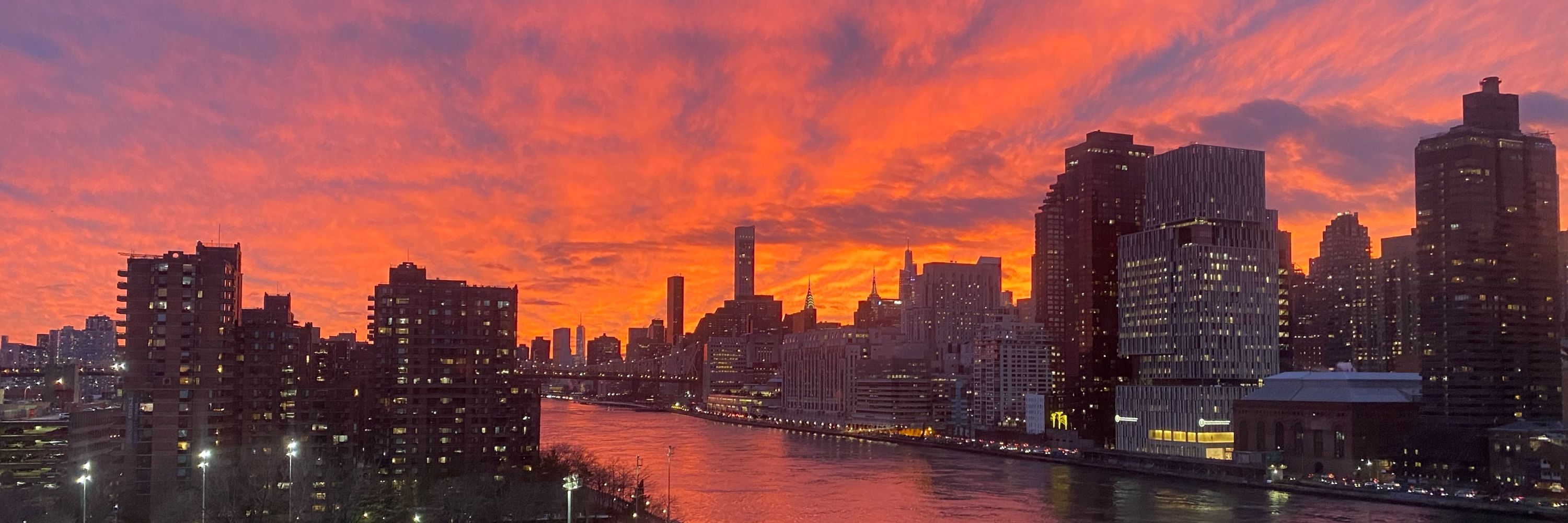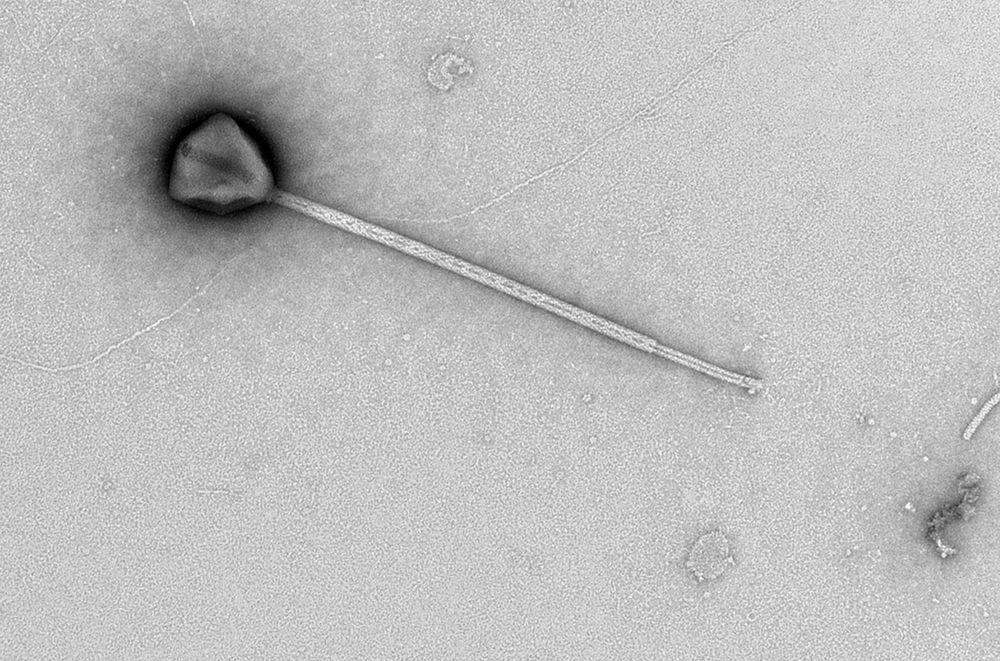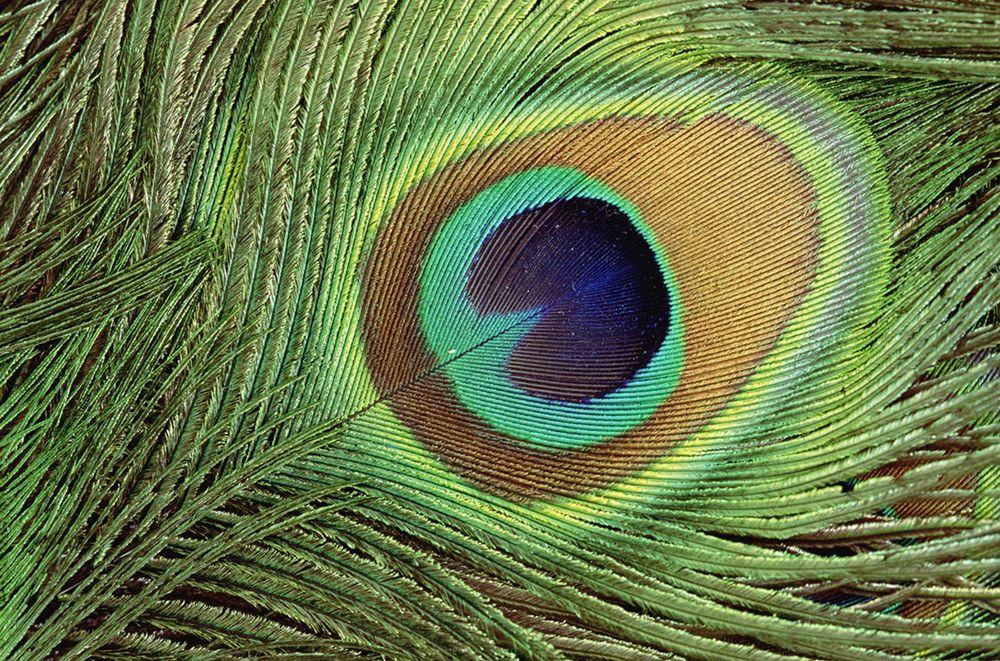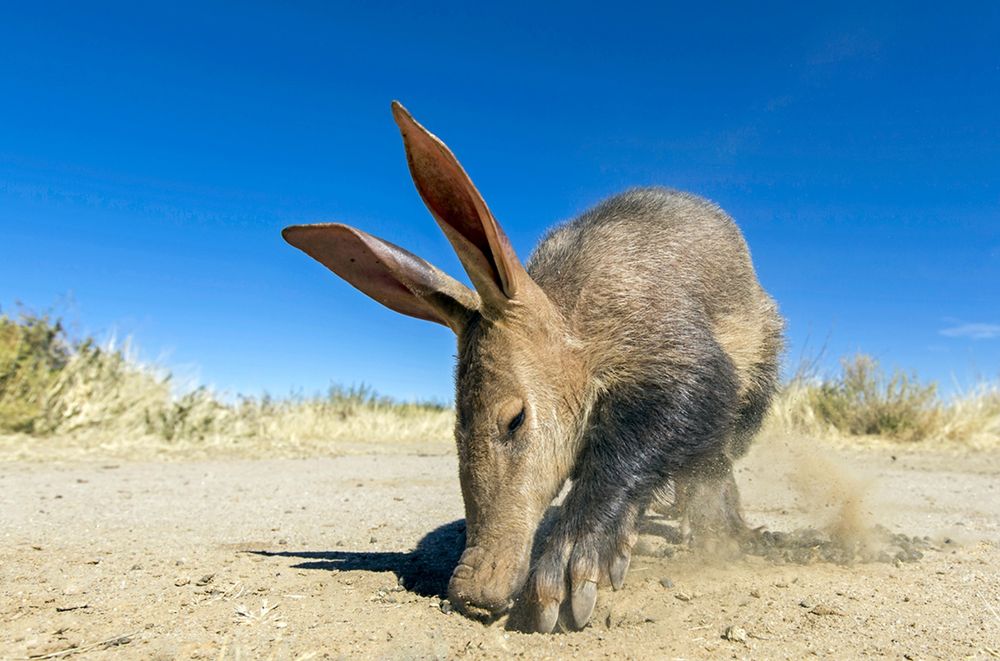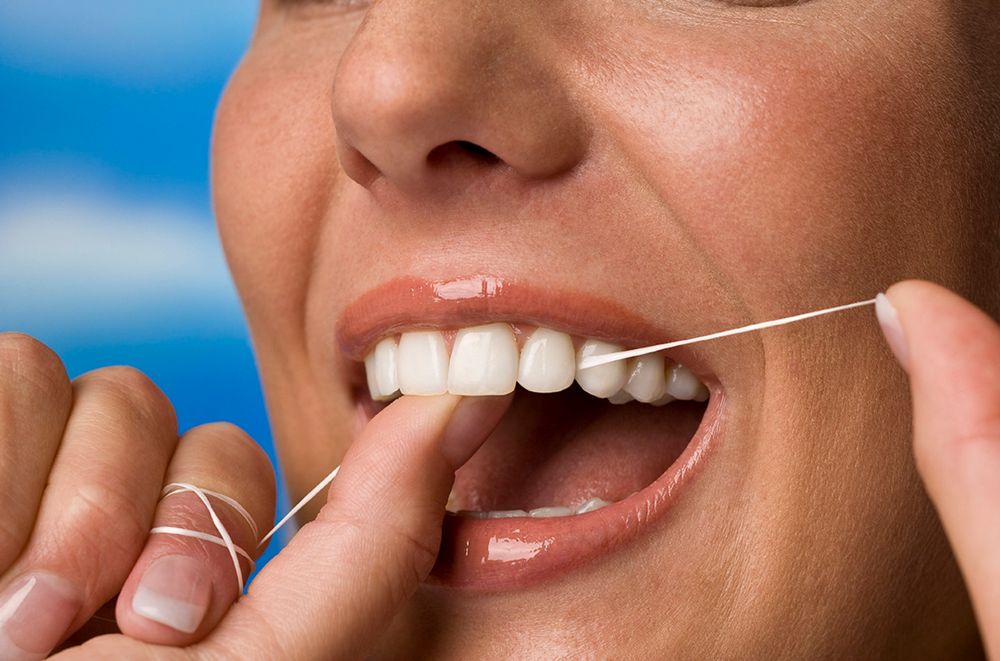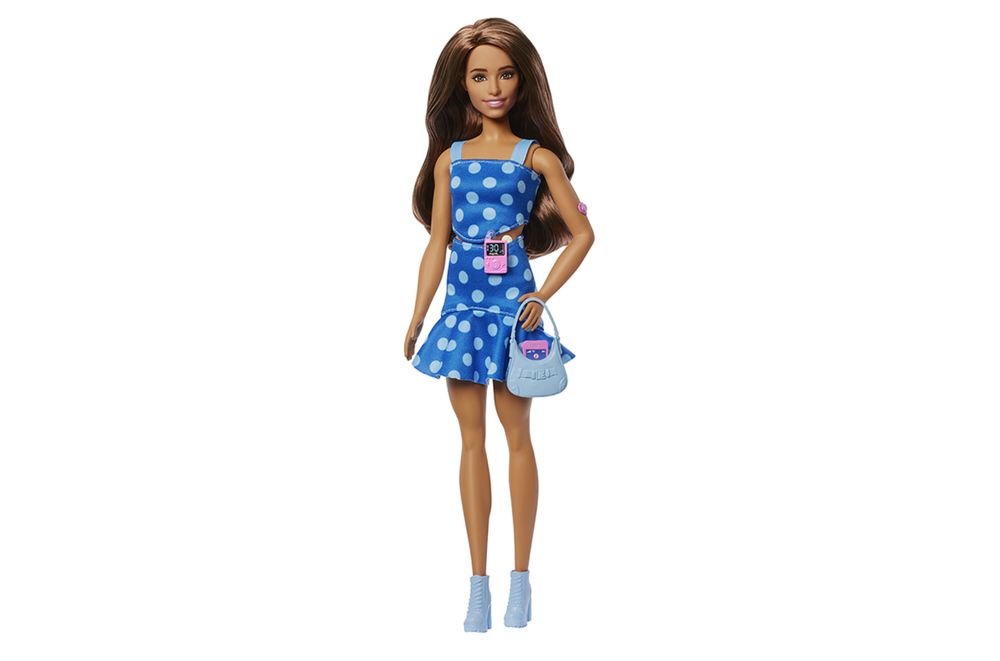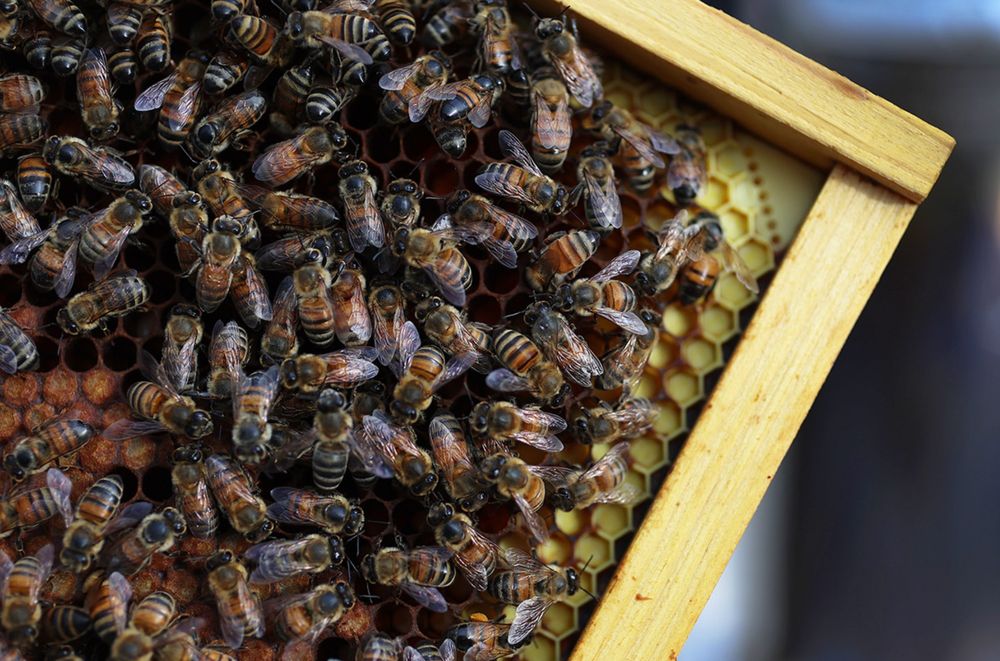David Grimm
@david-grimm.bsky.social
2.4K followers
230 following
50 posts
Award-winning journalist and online news editor at Science. Author of Citizen Canine: Our Evolving Relationship with Cats and Dogs. Lover of cats, movies, and bad puns.
Posts
Media
Videos
Starter Packs
Reposted by David Grimm
Reposted by David Grimm
David Grimm
@david-grimm.bsky.social
· Aug 1
David Grimm
@david-grimm.bsky.social
· Jul 31
